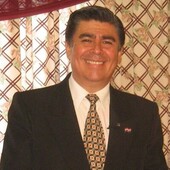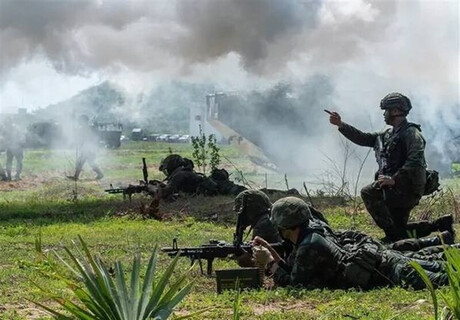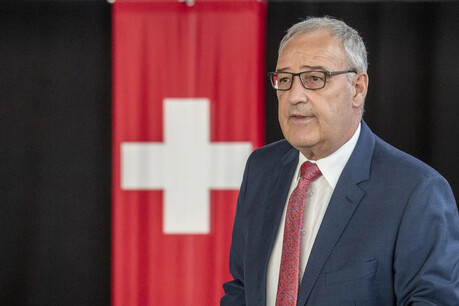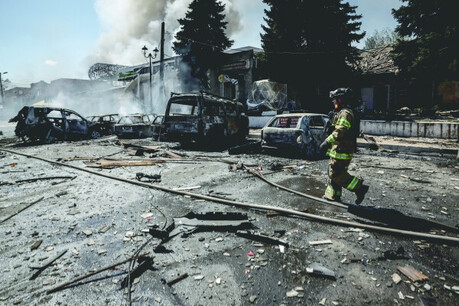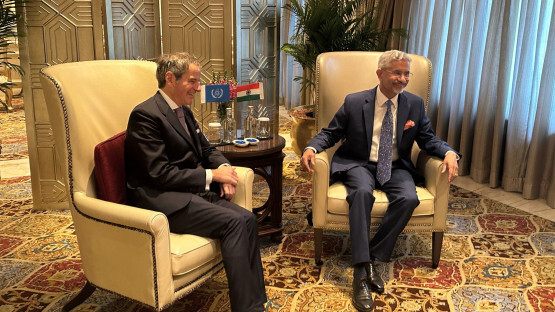
New Delhi, India – International Atomic Energy Agency (IAEA) Director General Rafael Mariano Grossi concluded a pivotal visit to India this week, marked by significant discussions on nuclear energy, small modular reactors (SMRs), fusion technology, and the expansion of cancer care initiatives.
Grossi's four-day visit included participation in the prestigious Raisina Dialogue, India's flagship conference on geopolitics and economics, where he engaged in high-level talks with key Indian officials. A notable meeting with India’s Minister of External Affairs, Subrahmanyam Jaishankar, centered on the strategic role of nuclear science and technology in fostering peace and development.
During a session at the Raisina Dialogue, Grossi and Observer Research Foundation Chairman Sunjoy Joshi explored the resurgence of nuclear energy, its future trajectory, non-proliferation efforts, and the potential of SMRs. They also discussed the IAEA's crucial role in promoting the safe and peaceful application of nuclear technology. Furthermore, Grossi highlighted the ongoing collaboration between the IAEA and India in fusion energy research.
A significant development during the visit was the formalization of a partnership with the Tata Memorial Centre under the IAEA's Rays of Hope: Cancer Care for All initiative. Grossi recognized Tata Memorial as an IAEA Rays of Hope Anchor Centre, acknowledging India's expertise in cancer care and its potential to benefit other nations. "I am proud to recognize Tata Memorial as an IAEA Rays of Hope Anchor Centre. A leader of the Global South, India has built strong cancer care expertise—now it’s time to share it with the world. With this partnership, we will bring India’s know-how to regions that need it most," stated Grossi.
Tata Memorial Centre, a network of cancer institutes under the Department of Atomic Energy, joins 12 other Anchor Centres worldwide, serving as hubs for knowledge sharing and capacity building in cancer care, particularly in low- and middle-income countries. The centre has a long-standing history of collaboration with the IAEA, encompassing coordinated research projects, publications, training courses, and workshops.
In the realm of domestic nuclear power, Grossi's visit included a tour of the Kakrapar Atomic Power Station. According to the IAEA's PRIS database, India operates 20 nuclear reactors, contributing approximately 3 percent to the nation's electricity generation. With six more reactors under construction and additional projects planned, India is positioned as a leading builder of nuclear power plants globally.
Recognizing the importance of workforce development in the nuclear sector, Grossi inaugurated the SN Bose Building at the Global Centre for Nuclear Energy Partnership (GCNEP) and introduced a certificate course in nuclear engineering. “Nuclear energy is growing, especially in Asia, and a strong workforce is key to sustain it. India is an important nuclear country, and the IAEA partnering with the Department of Atomic Energy with GCNEP will help train the next generation of workers,” he emphasized.
This visit underscores the IAEA's commitment to strengthening international cooperation with India in advancing peaceful nuclear applications and improving global cancer care access.
[Copyright (c) Global Economic Times. All Rights Reserved.]















